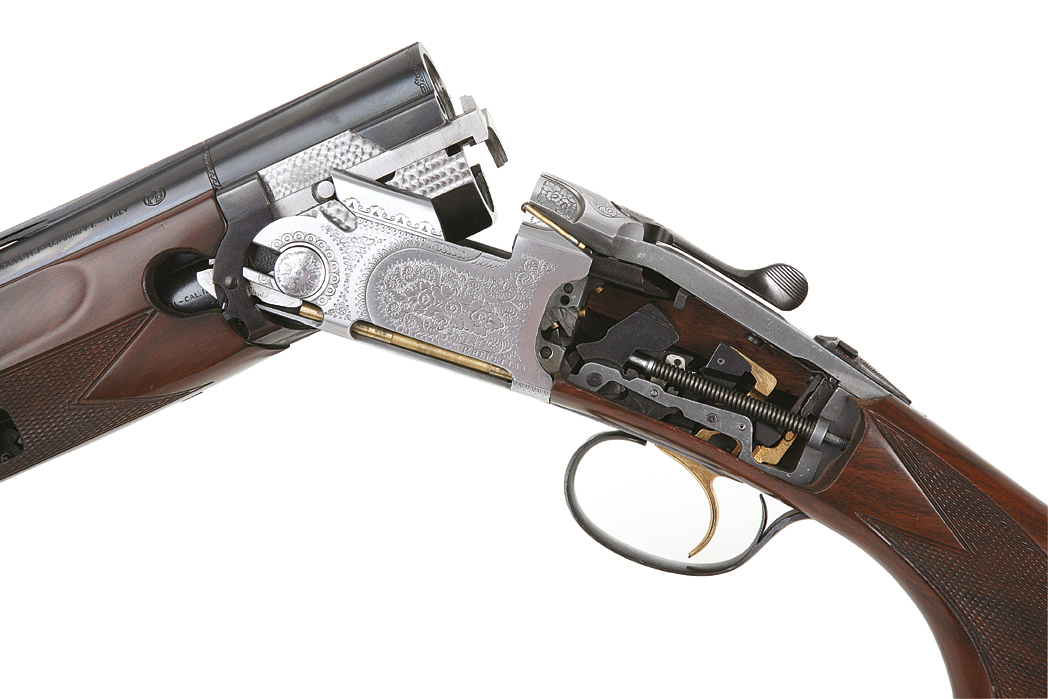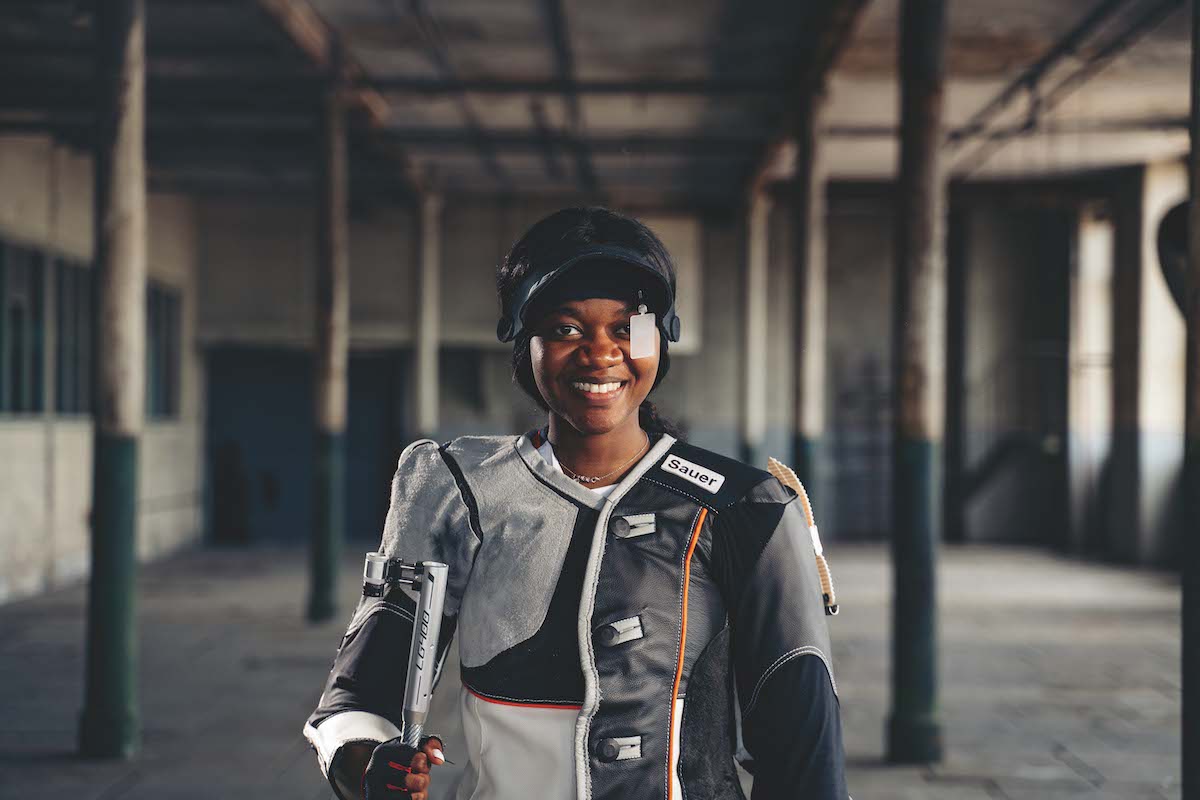Tackling gun terminology

Have you ever wondered just how your gun works?
Compared to many bits of everyday machinery it is a relatively simple mechanism which, in its basic principles, hasn’t changed much in more than 100 years.
What has changed are the finer points of design, the specifications of materials and, above all, manufacturing methods.
A reliable bit of kit
Both of these factors combine to make modern break-action guns supremely reliable. The fact they rarely go wrong over tens of thousands of shots is a tribute to the world’s gun manufacturers in general. Over the years mechanisms have been refined, both for reliability and, in the case of the guns most of us shoot, to suit modern manufacturing methods. This latter factor helps keep gun prices reasonable, and also makes them easier and cheaper to repair if things do go wrong.
Over the years materials have improved, too, and guns nowadays may contain several different steel alloys, each chosen for the qualities required for specific components.
All this means a new gun can be considered a long-term investment, capable of giving a lifetime of shooting pleasure if it’s looked after properly.
Now let’s go back to the first question we asked – about how your gun works. The gun we used is a Beretta, on which all of the main features are revealed thanks to a cut-away version kindly loaned by the UK importers, GMK. All other over-under guns work on the same very broad principles, although there are some significant differences we shall explain later.
The mechanics in motion
So, you have loaded your gun, tracked your target, and squeezed the trigger. What happens next? Before you pulled the trigger the hammers would have been locked in the fully-back position by the sears against the pressure of the mainsprings. The sears are metal components which engage with notches, or ‘bents’, in the hammers to prevent their moving forward.
Pulling the trigger moves the sear clear of the bent, allowing the hammer to be propelled forward sharply by its mainspring, and give the rear end of the firing pin a smart clout. The firing pin then moves forward until its tip indents the primer in the cartridge, which causes the cartridge to fire. All this happens in a few milliseconds, to the point that pulling the trigger, hearing the bang, and feeling the recoil, all seem simultaneous.
In the case of the Beretta and most other guns currently on the UK market, as the gun recoils, an inertia weight within the mechanism moves against the pressure of a very soft spring, and transfers the trigger mechanism to the sear on the second barrel. Again, this happens very quickly, so that with all good guns you can pull the trigger twice, as fast as your trigger finger will move, and get off two shots.
While these shots were being fired, something else will have happened. A mechanism attached to the hammers will have set up the ejector mechanism so it works to throw out the spent cartridge cases when you open the gun.
Top lever and barrels
As you press the top lever over to open the gun, it withdraws the bolt which has locked the gun safely closed for firing. In the case of the Beretta the bolt is fork-shaped, with its two prongs protruding through the breech face to engage with holes in the barrel shoulders.
The barrels on the Beretta, and the majority of other modern guns, hinge on stub pins in the forward end of the action block, and as the barrels move downwards cams or levers on the fore end iron push back cocking rods which force the hammers back against the pressure of the mainsprings until the sears engage and lock them in the fully-back position, ready for the next shots.
Finally, as the barrels approach the fully-open position, a mechanism frees latches holding the ejectors back against their springs, and allows them to pop out the two spent cartridge cases.
And that, in very simple terms, is pretty well all there is to it.
Of course, there are slight variations on this theme. For instance, only a few other guns share the Beretta’s high-mounted bolting system. On most others, a low-mounted single-piece bolt runs along the action floor and locks the gun closed when it engages with a slot, or ‘bite’ in the barrel lumps. These lumps are sturdy steel extensions on the bottom of the barrels at the breech end.
And not all barrels hinge on stub pins. Brownings, Mirokus, and a few others, have full-width cross pins which run beneath the line of the barrels and the barrels are hinged to this by a ‘hook’ – a semi circular cut-out in the forward end of the barrel lump.








